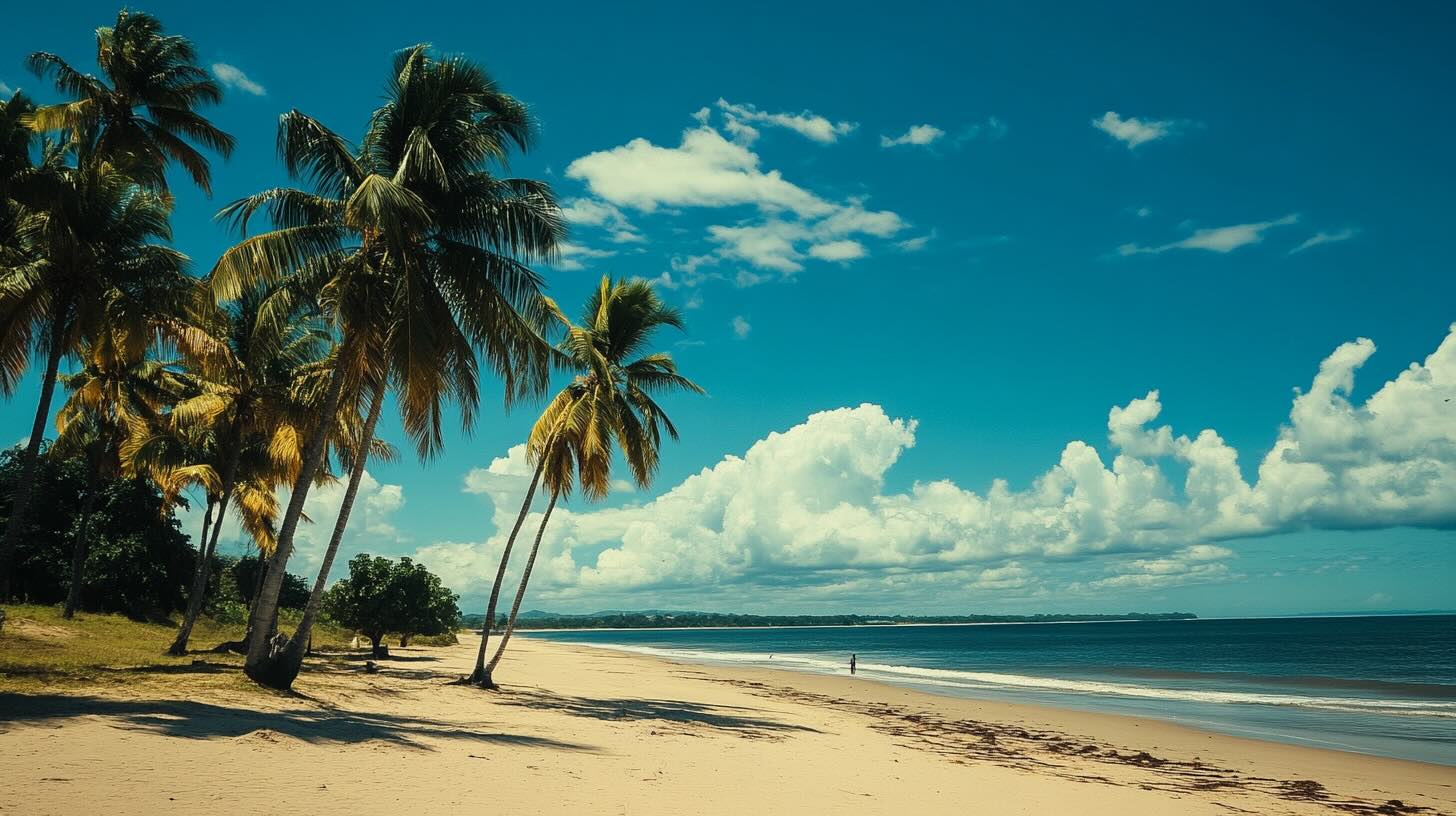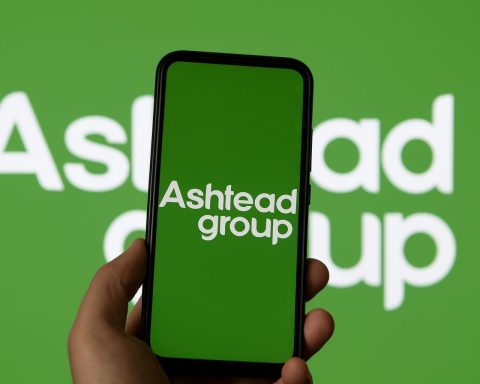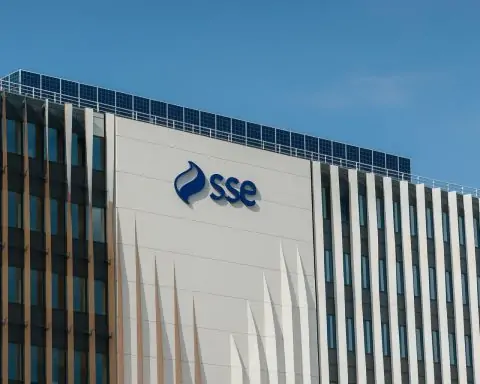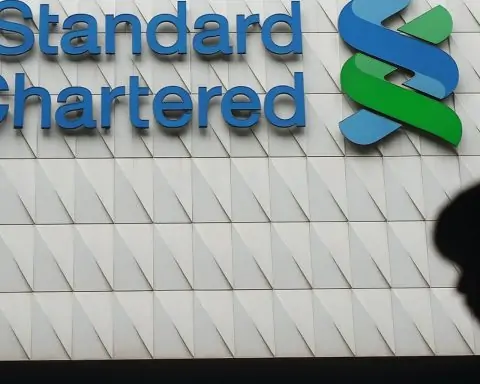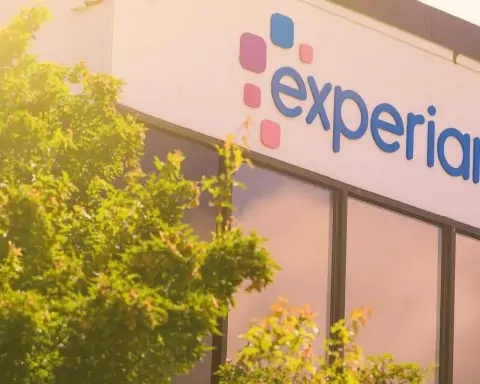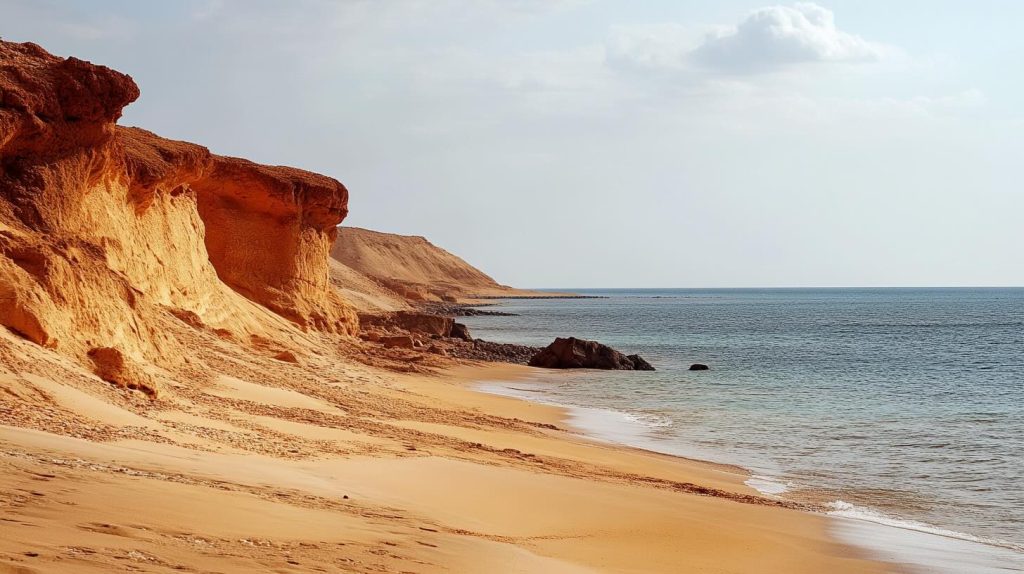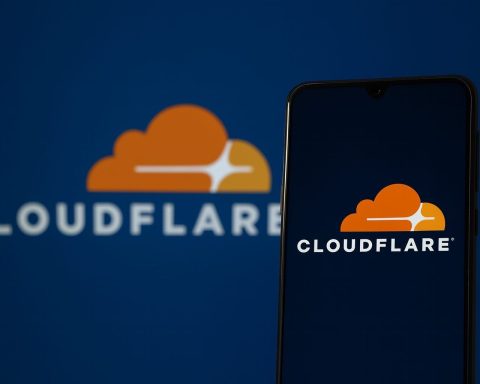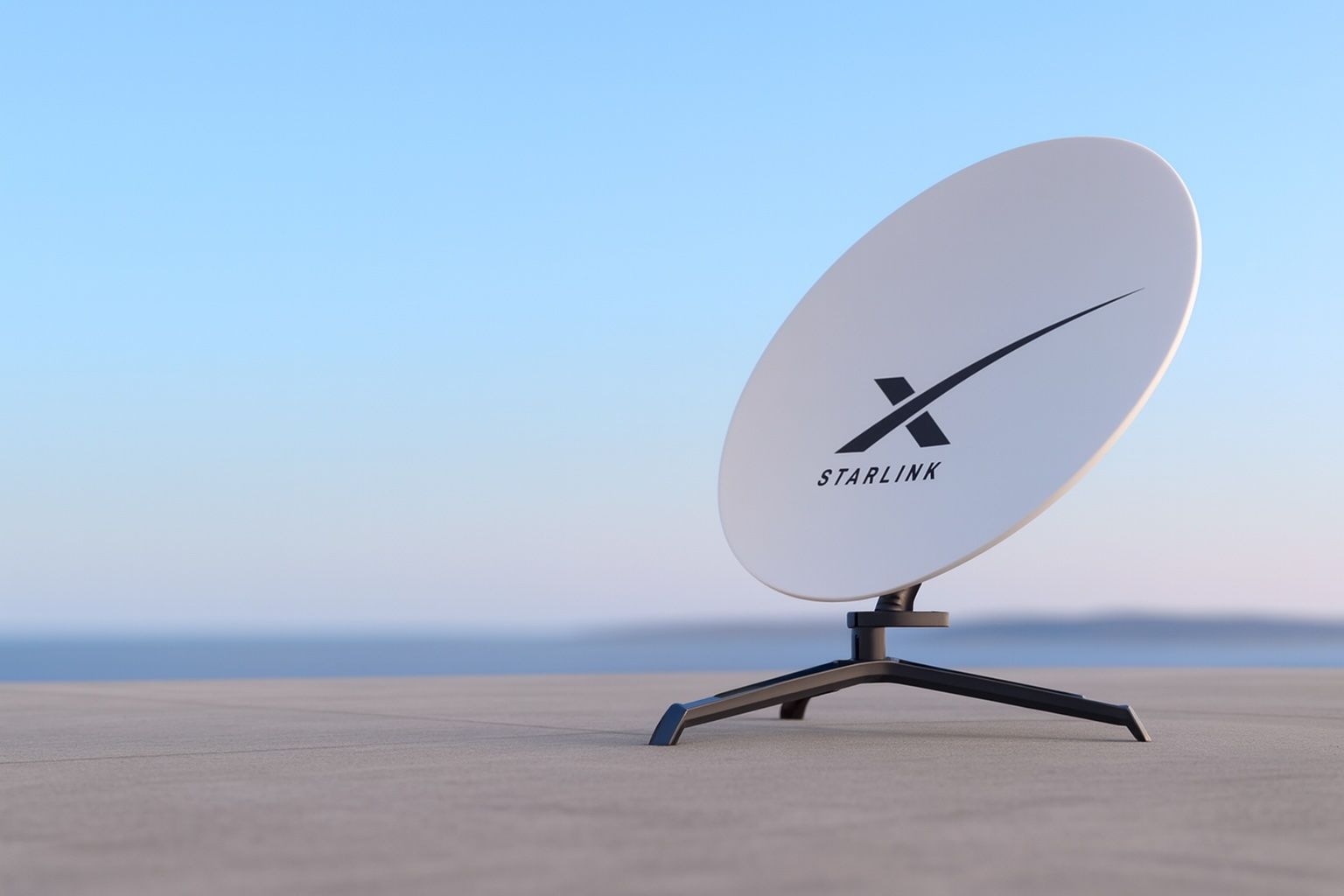- Mozambique’s internet infrastructure is heavily mobile-dominated, with three main operators—Vodacom Mozambique (about 50% market share), Movitel, and Tmcel—while fixed-line broadband remains minimal.
- Tmcel has accumulated over $400 million in debt and is undergoing restructuring to avoid bankruptcy.
- Mozambique is connected to SEACOM and EASSy submarine cables, landed in 2009–2010, and the 2Africa subsea cable landed in Maputo and Nacala in 2023.
- MozIX Internet Exchange Point keeps local traffic within Mozambique. <li Vodacom launched Mozambique’s first limited 5G service in Maputo in 2023, with plans to extend coverage to about 75% of the population by 2025.
- 3G/4G networks cover most urban areas, but outside major cities many areas rely on 2G/3G or have no coverage, with about one-third of the population in areas lacking mobile broadband.
- There were about 18.91 million active mobile SIM connections by early 2024, representing roughly 55% of the population.
- One gigabyte of mobile data costs about 7% of the average monthly income, well above the affordability benchmark of 2%.
- Mozambique’s Universal Access policy is funded by a 1% levy on operator revenues, funding rural digital initiatives such as “digital plazas” offering free Wi‑Fi, with over one million people having accessed the internet for free by 2019.
- Starlink became officially available in Mozambique in mid-2023, with hardware around MZN 40,500 and a monthly fee near MZN 3,000, delivering connectivity to remote districts though with higher latency.
General Infrastructure and Major Service Providers
Mozambique’s internet infrastructure is still developing and heavily reliant on mobile networks. Fixed-line broadband penetration is minimal, with the state-owned Telecomunicações de Moçambique (Tmcel) being the only operator offering integrated fixed-line services [1]. The country is primarily served by three mobile network providers:
- Vodacom Mozambique – a subsidiary of South Africa’s Vodacom, and the dominant mobile operator with about 50% market share [2].
- Movitel – a joint venture between Vietnam’s Viettel and Mozambique’s ruling party’s investment arm, focusing on broad coverage (including rural areas) [3].
- Tmcel – formed by merging the incumbent Telco (TDM) and mobile operator mCel, it provides both mobile and fixed services [4]. Note: Tmcel has faced serious financial difficulties (losing subscribers and accumulating over $400 million debt) and is undergoing restructuring to avoid bankruptcy [5].
International connectivity has improved significantly over the past decade. Mozambique is connected to multiple submarine fiber-optic cables, including the SEACOM and EASSy cables that landed in 2009–2010 [6]. In 2023, the new 2Africa subsea cable (backed by Meta and partners) landed in Maputo (south) and Nacala (north), further boosting bandwidth and redundancy [7]. This expansion of undersea cables has reduced reliance on older satellite gateways and neighboring countries for international transit [8]. Mozambique also operates an Internet Exchange Point (MozIX) to keep local traffic domestic [9].
Mobile networks are the primary means of internet access nationwide. There were approximately 16 million mobile subscriptions in 2020 (about half the population) [10], growing to 18.91 million active mobile SIM connections by early 2024, equivalent to 55% of the population [11]. Many users maintain multiple SIM cards to switch between providers for better coverage or prices [12] [13]. Third-generation (3G) and fourth-generation (4G) mobile services cover most urban areas, and 4G LTE networks were rolled out by all three operators between 2018 and 2019 [14]. In 2023, Vodacom launched the country’s first limited 5G service in Maputo, with plans to extend 5G coverage to about 75% of the population by 2025 [15] [16]. However, outside of major cities, many areas still depend on 2G/3G signals or have no coverage at all, reflecting the urban-rural infrastructure gap.
Government Regulations, Policies, and Censorship
Regulatory Environment: Mozambique’s telecommunications sector is overseen by the National Communications Institute (INCM, also known as ARECOM). The government has a Universal Access policy funded by a 1% levy on operator revenues, which has been used to expand rural connectivity (e.g. installing “digital plazas” that provide free Wi-Fi in many regions) [17] [18]. By 2019, over one million people had accessed the internet for free via these community plazas [19] [20]. The government, with World Bank support, is also investing in digital development – for instance, a $150 million Digital Governance and Economy project to improve e-government services and digital inclusion was approved in 2021 [21]. Additionally, recognizing rising cyber risks, authorities adopted a National Cybersecurity Strategy (with 25 projects planned by 2025) and formed a multi-sector cybersecurity council [22] [23].
Access and Censorship: The constitution guarantees freedom of expression and press, and historically the government did not impose systematic internet censorship [24]. There are no general restrictions on accessing online content, although opposition members have alleged that intelligence agencies monitor emails and communications [25]. SIM card registration is mandatory – as of 2019 the regulator gave operators an ultimatum to register all SIM users – a policy justified as a crime prevention measure [26] [27].
In recent years, concerns about internet freedom have grown. Notably, in October 2024, amid post-election protests and a government crackdown, authorities ordered telecom operators to restrict mobile internet and social media access [28]. This unofficial shutdown (enforced without a public written order) cut off popular platforms and greatly limited connectivity for about a week, drawing condemnation from civil society and rights groups [29] [30]. Such incidents represent a new form of censorship in Mozambique, as internet disruptions were used to “[silence] protests” and control information flow during a political crisis [31]. International observers criticized these actions as violations of rights to information and expression, urging the government to #KeepItOn and commit to not using network shutdowns in the future [32] [33].
Accessibility, Penetration Rates, and Digital Divide
Internet access remains limited for a majority of Mozambicans, with significant digital divide challenges across geography, gender, and income lines. As of early 2024, roughly 7.96 million people in Mozambique were internet users – about 23.2% of the population [34]. This represents rapid growth (user numbers climbed ~12% from 2023) [35], yet it still means over three-quarters of citizens are offline. In fact, Mozambique’s internet penetration is one of the lowest in the world – it ranked around the 10th lowest globally in 2023 [36]– and below the average for sub-Saharan Africa (for context, neighboring Kenya’s rate is ~40% [37]).
Urban–Rural Gap: There is a stark disparity between urban centers (like Maputo) and rural areas. An estimated one-third of the population lives in areas with no mobile broadband signal at all, meaning these rural communities cannot connect even if they could afford it [38]. Overall, “very few” households in rural Mozambique have any telecommunication access; the urban–rural access gap is even larger than the gender gap [39]. Maputo, the capital, enjoys the best connectivity, with multiple providers and higher network capacity, whereas remote northern and central provinces lag far behind [40]. The cost of data is also higher outside the capital – because most internet traffic routes through Maputo, bandwidth in the north is more constrained and expensive [41] [42].
Affordability and Income Divide: Poverty and the high cost of connectivity are major barriers. Almost 75% of Mozambicans cannot afford internet services or the necessary devices (smartphones, computers) [43]. The Alliance for Affordable Internet reports that 1GB of mobile data costs about 7% of an average monthly income in Mozambique – far above the affordability benchmark of 2% and one of the worst rates among surveyed countries [44] [45]. For those in poverty or in rural areas, the “true cost to connect” is even higher relative to their incomes [46]. By one estimate, an average user in Mozambique spending on a basic mobile package (calls, texts, 2GB data) would use over 18% of monthly GDP per capita on that plan, compared to a 5% world average [47] [48]. This makes internet access a luxury for many. The high cost of smartphones is another hurdle – low-cost handsets are scarce, and with a 48% adult literacy rate, many potential users also lack the digital skills to use the internet effectively [49] [50].
Gender and Social Factors: Digital access is also uneven across demographic lines. Men are more likely to use the internet than women, largely due to underlying inequalities in education and income. In poor urban neighborhoods of Maputo, only 33% of women were using the internet versus 59% of men, according to a 2018 survey [51]. Nationwide, women tend to be poorer and less formally educated, which correlates with lower internet use [52] [53]. Still, when controlling for education and income, the gender gap narrows – indicating the primary barriers are economic and educational rather than gender-based per se [54]. Another underserved group is persons with disabilities: Mozambique has no specific strategy or accommodations to include people with disabilities in ICT access, and lack of data on their access means this gap remains poorly addressed [55] [56].
Challenges Affecting Connectivity
Mozambique faces multiple challenges in improving nationwide connectivity:
- Economic Barriers: Low incomes and high costs make internet access unattainable for much of the population, as noted above. The price of devices (smartphones, computers) and data plans is prohibitive for the majority [57]. This is compounded by limited access to banking/financial services in rural areas, which makes it harder to purchase data or devices on credit [58].
- Infrastructure and Electricity: Large parts of the country lack basic infrastructure. Around 61% of the population lives in rural areas [59]where electricity supply is often absent or unreliable. In a recent survey, 36% of people without a mobile phone cited lack of electricity to charge it as the top reason [60]. The power grid and road networks are underdeveloped in many provinces, complicating the rollout of cell towers and fiber lines. Additionally, Mozambique is vulnerable to cyclones and floods which occasionally damage telecom infrastructure.
- Rural Coverage: Even where there is network expansion, commercial incentives to cover remote, sparsely populated regions are low. Mobile operators have extended coverage to many districts, but some villages remain cut off. The government’s Universal Service Access Fund has sponsored rural telecenters and base stations, but reaching the last-mile user in vast provinces like Zambezia or Nampula is an ongoing challenge [61] [62]. The terrain and distance make network maintenance costly, contributing to the urban-rural digital divide.
- Literacy and Digital Skills: With less than half of adults literate [63], many Mozambicans lack the basic education to navigate online content. Digital literacy (familiarity with the internet, apps, and devices) is low, especially among older generations and rural communities. This limits demand for internet services – many do not perceive a need for the internet or are unaware of its potential benefits. Efforts by NGOs and the government to provide digital skills training are still in early stages.
- Cybersecurity and Trust: As internet use grows, Mozambique is experiencing rising cases of cybercrime, online scams, and misinformation. Public institutions have also become targets for cyber threats [64]. These threats can undermine trust in online services (e.g. fear of fraud may keep some from using mobile banking). The government has recognized this challenge, making cybersecurity a priority in its digital agenda [65]. However, capacity to combat cyber threats is limited – there is a shortage of cybersecurity professionals and resources. Improving cybersecurity is critical to protect users and encourage uptake of e-government and e-commerce services.
- Policy Implementation: While Mozambique has plans and policies to expand access (from the 2018 broadband strategy to the recent digital economy initiatives), implementation has been slow. Regulatory decisions sometimes unintentionally hinder access – for example, in 2015 the regulator slashed data subsidies to ISPs, leading three major ISPs to suddenly hike internet bundle prices ~75% for consumers [66] [67]. Such policy changes can impact affordability. Going forward, consistent pro-competition regulation and investment in telecom infrastructure are needed to lower prices and improve quality of service.
Despite these hurdles, there are positive trends. Increased investment in the telecom sector (partly driven by demand from mining and energy projects in remote areas) is helping push connectivity beyond cities [68]. The entry of new players and technologies is also exerting competitive pressure on incumbents to improve services and reduce costs.
Role of Mobile Networks and Broadband Expansion Efforts
Mobile networks are the backbone of Mozambique’s internet access. With fixed-line broadband extremely limited (fewer than 65,000 fixed subscriptions vs. 6.2 million mobile broadband subscriptions in 2021 [69]), the vast majority of users get online via mobile data services. All three main operators offer 3G/4G data packages, and mobile broadband signals cover most populated areas, though signal quality can vary. In practice, many users rely on 2G/EDGE in rural locales or experience congested 3G in towns, while 4G LTE is available in Maputo and major cities. Recognizing the importance of mobile internet, operators and the government have several expansion initiatives:
- Network Upgrades: Since launching 4G LTE nationwide around 2018–2019 [70], operators have been upgrading network capacity. Vodacom and Movitel have invested in expanding 4G coverage along major corridors and secondary cities. Tmcel, despite its struggles, undertook a network modernization project (financed by China’s Exim Bank for $132 million) to roll out 4G and improve coverage, expected to complete by 2024 [71]. There are also pilot projects of 5G: Vodacom’s 5G launch in 2023 in Maputo marked a first step towards next-generation mobile broadband [72]. While 5G will initially be limited to parts of a few cities, it signals a broader push for higher-speed wireless services in coming years.
- Rural Coverage Expansion: Movitel, in particular, has focused on rural connectivity as part of its market strategy. Upon entering the market in 2012, Movitel built thousands of kilometers of fiber backbone and mounted cell towers in underserved villages, gaining millions of subscribers by offering coverage where competitors had none. This competition prompted Vodacom and Tmcel to also extend their networks to more districts. The government’s universal access projects (mentioned earlier) complement these efforts by funding infrastructure in areas deemed not commercially viable. For example, new base stations funded by the Universal Access Fund have brought mobile signals to some rural communities for the first time [73] [74].
- Broadband Infrastructure: Beyond mobile towers, Mozambique is improving its core network infrastructure. The national fiber-optic backbone has been gradually expanded, connecting provincial capitals and neighboring countries. Tmcel (formerly TDM) operates a fiber network linking major cities and the landing stations of submarine cables, and Movitel’s parent Viettel laid extensive fiber reaching into rural provinces for backhaul. The addition of the 2Africa submarine cable in 2023 significantly increases international bandwidth, which should help lower internet transit costs over time [75]. There are also plans to establish new data centers in the country (e.g. a Tier III data center by Raxio Group) to improve local hosting and reduce latency [76]. All these investments aim to improve broadband quality and reach.
- Mobile Services and Innovation: Mobile connectivity is also driving digital services like mobile money, e-health, and e-learning in Mozambique. Given the low computer ownership, the mobile phone is the primary internet device for most. Operators have introduced affordable social media bundles, mobile banking apps, and localized content to entice more users online. The government and NGOs leverage mobile networks for public service delivery (e.g. SMS campaigns, mobile voter registration, etc.), further cementing the critical role of mobile internet in socio-economic development.
Satellite Internet Availability and Future Potential
Until recently, satellite internet in Mozambique was used mainly by businesses, NGOs, or in very remote outposts (e.g. mining sites or villages deep in the interior) due to its high cost and latency. The country historically maintained a few satellite earth stations (for Intelsat) as backup for international connectivity [77], but after the arrival of fiber-optic sea cables by 2010, reliance on traditional VSAT links for national connectivity diminished [78]. Regulatory-wise, satellite services are allowed but require licensing through the telecom regulator. Some niche providers (like YahClick or local VSAT resellers) have offered satellite broadband to enterprise customers or development projects in rural areas, though uptake among the general public was negligible given costs.
New LEO Satellite Services: A significant development is the entry of SpaceX’s Starlink satellite internet service. In mid-2023, Starlink became officially available in Mozambique, marking one of the first low Earth orbit (LEO) satellite broadband options in the country [79]. Residents can now purchase Starlink kits, which became deliverable starting in June 2023 [80]. The upfront cost is around MZN 40,500 for the hardware plus ~MZN 3,000 per month subscription (roughly $600 for equipment and $50/month) [81] [82]– expensive by local standards, but competitive for organizations or communities pooling resources. Notably, Starlink began operating without local ground stations in Mozambique (traffic is routed via inter-satellite links to ground stations in other countries), which means users can get connectivity anywhere but may experience slightly higher latency and occasional service interruptions [83]. Despite those limitations, Starlink’s arrival has been a game changer for connectivity: the service can reach remote districts that were previously offline, and its presence has already spurred competition – the mere announcement of Starlink’s entry led incumbent operators to lower their data prices in 2023 [84].
Looking ahead, satellite internet could play an increasing role in bridging Mozambique’s digital divide. Starlink’s early success may invite other global satellite providers (such as OneWeb or Amazon’s Project Kuiper) to consider coverage in Mozambique in the future. The government will need to update regulatory frameworks to accommodate these new services (e.g. licensing, spectrum use, and coordination with national security concerns), but so far it appears supportive of satellite-based expansion given the clear benefits for rural connectivity. If costs come down, satellite broadband has the potential to connect schools, health centers, and isolated communities that terrestrial networks still do not reach. In the near term, however, high prices mean satellite internet in Mozambique will likely serve as a supplement – used by businesses, government agencies, and higher-income or donor-supported users – rather than a mass-market solution.
Regional and Global Comparison
In comparison to regional peers and global benchmarks, Mozambique lags behind on most internet access indicators:
- Penetration and Usage: With roughly 20–23% of its population online, Mozambique falls below the African average and well below the global internet penetration (which is over 60%). Countries like South Africa (~70% online) and Kenya (~41% in 2024) have far higher usage rates [85]. Even some low-income African countries (e.g. Tanzania, 30% in 2023) surpass Mozambique in connecting their populations. Mozambique’s user base is growing quickly, but it started from a very low point and remains among the least-connected nations globally [86].
- Speed and Quality: Internet speeds in Mozambique are modest by global standards. Average fixed broadband downloads are around 16 Mbps (ranking ~138th in the world) and mobile data downloads around 12–13 Mbps on average (rank ~108th globally) [87]. This is much slower than the world average (global fixed broadband averages over 75 Mbps, and mobile ~40 Mbps by comparison). Even within Africa, Mozambique’s speeds are middling – better than a few conflict-affected countries, but behind more developed markets. However, there are pockets of faster service: fiber connections in Maputo or the new 5G hotspots can deliver tens of Mbps up to ~30 Mbps or more [88] [89], but such performance is not widespread. High latency is also an issue on many networks, especially for international traffic (though latency should improve as new cables and local caches come online).
- Affordability: Internet access in Mozambique is among the most expensive in the region relative to income. The country ranks 45th out of 61 in the Affordability Drivers Index (which measures price and income levels) [90]. Neighboring countries like Zambia or Zimbabwe, which have similar income levels, achieve slightly better affordability for data. The government’s removal of some telecom VAT and increased competition have helped bring prices down gradually, but the cost of 1GB of data in Mozambique can be several times higher (as a share of income) than in countries like Kenya or Nigeria. This means that, despite similar absolute prices, Mozambicans have to sacrifice more of their earnings to get online.
- Internet Freedom: In terms of online freedom and censorship, Mozambique has traditionally been considered “partly free.” Unlike more restrictive regimes, it does not heavily filter online content or block websites on a regular basis [91]. Mozambican bloggers and media have generally been able to operate, although there have been instances of intimidation or surveillance. That said, the recent trend of internet shutdowns during unrest puts Mozambique in line with a worrying regional pattern seen in countries like Uganda, Ethiopia, or Sudan, where authorities shut off the internet to quell dissent [92]. Such actions could harm the country’s reputation for openness. On global indices (such as Freedom House’s Freedom on the Net), Mozambique is not among the worst offenders, but these emergent censorship tactics are a negative indicator. Ensuring the internet remains accessible and free from undue restrictions will be important for Mozambique to meet international standards of internet freedom and digital rights.
Overall, Mozambique is playing catch-up in the digital arena. Compared to global standards, internet access in Mozambique is slower, costlier, and less widespread. The country faces substantial challenges of poverty, infrastructure, and skills that many developed nations addressed long ago. On the positive side, there is momentum: new infrastructure investments, policy focus on ICT, and technology innovations (from mobile money to satellite internet) are driving improvements. If Mozambique continues to expand networks, keep the internet open, and make access affordable, it can gradually close the gap with regional neighbors and ensure more of its citizens can benefit from the digital revolution [93] [94].
References
1. www.trade.gov, 2. www.trade.gov, 3. www.trade.gov, 4. www.trade.gov, 5. www.africanwirelesscomms.com, 6. www.wikiwand.com, 7. www.trade.gov, 8. www.wikiwand.com, 9. www.wikiwand.com, 10. www.trade.gov, 11. datareportal.com, 12. cipesa.org, 13. cipesa.org, 14. cipesa.org, 15. www.datacenterdynamics.com, 16. www.datacenterdynamics.com, 17. cipesa.org, 18. cipesa.org, 19. cipesa.org, 20. cipesa.org, 21. www.trade.gov, 22. www.trade.gov, 23. www.trade.gov, 24. www.wikiwand.com, 25. www.wikiwand.com, 26. cipesa.org, 27. cipesa.org, 28. www.hrw.org, 29. www.hrw.org, 30. www.hrw.org, 31. www.hrw.org, 32. www.hrw.org, 33. www.hrw.org, 34. datareportal.com, 35. datareportal.com, 36. www.digitalfrontiersdai.com, 37. datareportal.com, 38. www.trade.gov, 39. cipesa.org, 40. www.trade.gov, 41. www.trade.gov, 42. www.trade.gov, 43. www.trade.gov, 44. cipesa.org, 45. cipesa.org, 46. cipesa.org, 47. www.worlddata.info, 48. www.worlddata.info, 49. www.trade.gov, 50. www.trade.gov, 51. cipesa.org, 52. cipesa.org, 53. cipesa.org, 54. cipesa.org, 55. cipesa.org, 56. cipesa.org, 57. www.trade.gov, 58. www.trade.gov, 59. datareportal.com, 60. www.digitalfrontiersdai.com, 61. www.trade.gov, 62. www.trade.gov, 63. www.trade.gov, 64. www.trade.gov, 65. www.trade.gov, 66. cipesa.org, 67. cipesa.org, 68. www.trade.gov, 69. www.digitalfrontiersdai.com, 70. cipesa.org, 71. 360mozambique.com, 72. www.datacenterdynamics.com, 73. cipesa.org, 74. cipesa.org, 75. www.trade.gov, 76. www.trade.gov, 77. www.wikiwand.com, 78. www.wikiwand.com, 79. 360mozambique.com, 80. 360mozambique.com, 81. 360mozambique.com, 82. 360mozambique.com, 83. 360mozambique.com, 84. www.trade.gov, 85. datareportal.com, 86. www.digitalfrontiersdai.com, 87. www.worlddata.info, 88. www.speedtest.net, 89. www.speedtest.net, 90. cipesa.org, 91. www.wikiwand.com, 92. www.hrw.org, 93. www.trade.gov, 94. www.trade.gov
